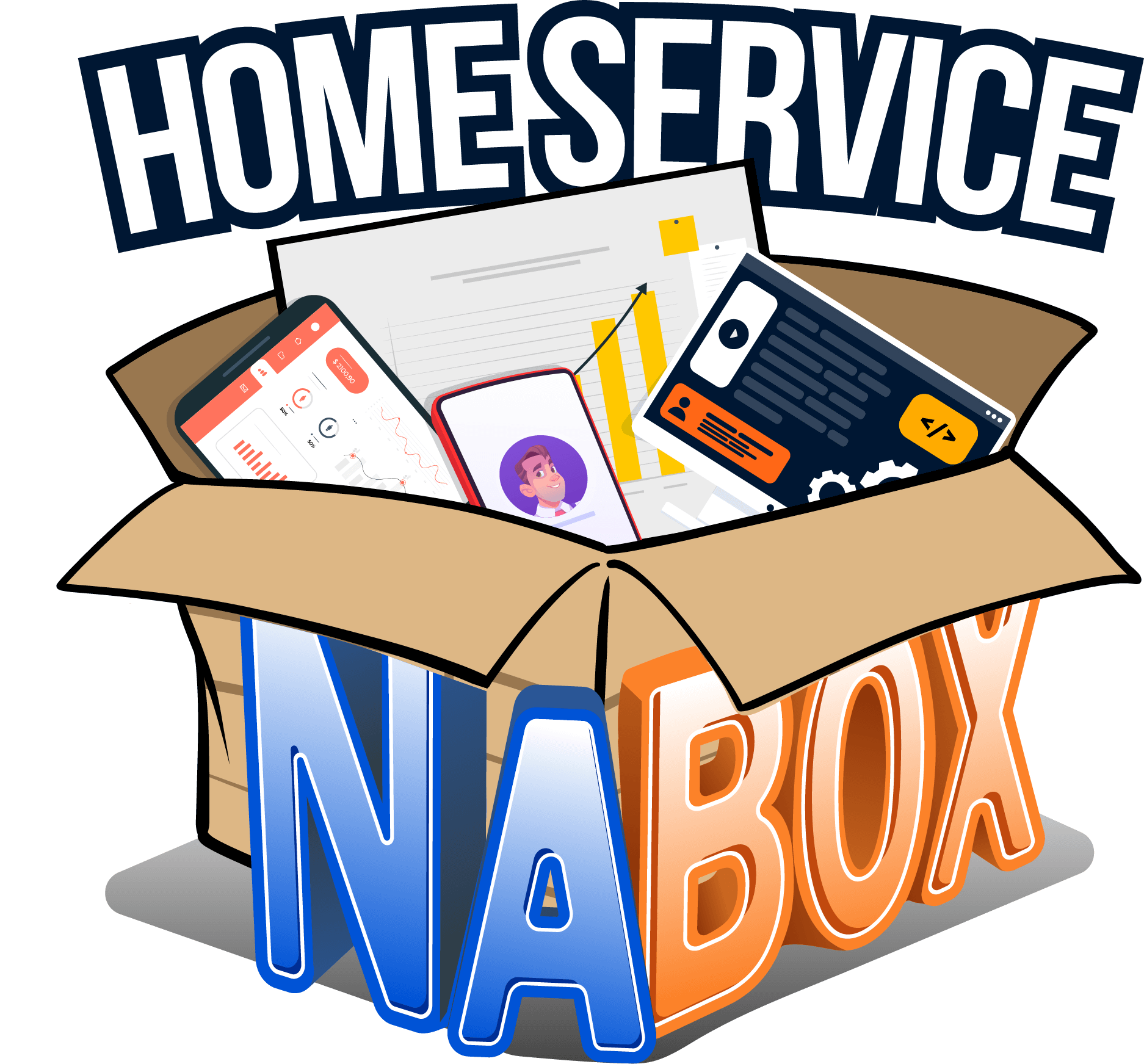
Attention all business owners! Are you aware of the common leadership blindspots that could be hindering your company’s success? Learn to identify and overcome these challenges to enhance your leadership effectiveness and drive your business forward in the competitive U.S. market. 🌟
Identifying Leadership Blind spots: A Path to Improved Leadership
Even the best leaders can have blind spots in their leadership style—areas where their self awareness and understanding are limited. These common leadership blind spots can hinder both personal leadership effectiveness and the overall performance of the business. Recognizing and addressing these areas is crucial for anyone looking to refine their leadership skills and boost their team’s productivity and organization’s ability to succeed.

1. Failing to Delegate
The Challenge:
Many leaders feel a strong sense of duty or possess a particular vision for how tasks should be accomplished, which can lead to a reluctance to delegate. This mindset not only increases the leader’s workload but also prevents team members from developing their skills, ultimately harming team productivity and growth.
Strategies to Overcome:
- Assess and Align: Start by assessing each team member’s strengths and areas for development. Assign tasks based on individual strengths or areas where you’d like to see growth. This alignment helps ensure tasks are completed efficiently while also aiding personal development.
- Training and Trust: Invest in training programs that not only enhance skills but also build confidence among team members in handling more responsibilities. Trust that your team can handle tasks with the same care and attention to detail as you would. Building this trust is a gradual process that pays dividends in team capability and autonomy.
- Gradual Increase in Responsibilities: Begin by delegating smaller tasks and gradually increase the complexity as your team members grow more skilled. This not only eases your workload over time but also aids in smooth transitions and minimizes risk.
- Feedback Loops: Create mechanisms for feedback on delegated tasks, which can help you monitor progress and offer guidance if needed. This keeps communication open and ensures that tasks are on track.
2. Not Seeking Feedback
The Challenge:
Leaders who operate without seeking feedback might miss critical insights into their leadership style’s effectiveness and team dynamics. This lack of external perspectives can lead to decisions that do not resonate with or even alienate the team.
Strategies to Overcome:
- Structured Feedback Mechanisms: Implement regular structured mechanisms such as one-on-one meetings, performance reviews, and anonymous feedback tools. These help in gathering insights into your leadership and the team’s morale.
- Promote a Feedback Culture: Actively promote a culture where feedback is viewed as a tool for improvement and not criticism. Lead by example by sharing the feedback you receive and the steps you’re taking to address any issues.
- Responsive Action: Show that you value feedback by acting on it. Make changes based on the feedback received and communicate these adjustments back to your team. This demonstrates that you are committed to evolving as a leader.
3. Overlooking Employee Development
The Challenge:
Focusing solely on outcomes and ignoring the process can lead to a workforce that feels undervalued and underdeveloped. Over time, this can lead to a lack of motivation and engagement, reducing overall team effectiveness and increasing turnover rates.
Strategies to Overcome:
- Personalized Development Plans: Work with each team member to create personalized development plans that align with their career aspirations and the company’s needs. These plans should include short-term and long-term goals with clear steps and timelines.
- Regular Training and Learning Opportunities: Provide access to training sessions, workshops, and seminars that can help employees enhance their skills. Encourage attendance at industry conferences or participation in webinars to keep skills up-to-date and relevant.
- Mentorship Programs: Establish mentorship programs where more experienced employees can guide newer or less experienced team members. This not only helps in transferring knowledge but also builds a supportive workplace culture.
- Celebrate Achievements: Recognize and celebrate not just business achievements but also personal growth milestones. Public acknowledgment can boost morale and encourage continuous learning and improvement.

4. Resisting Change
The Challenge:
Leaders who resist change often do so because they rely on approaches that have brought them past success. However, clinging to outdated methods can prevent a company from evolving and adapting to new market demands or technological advances, potentially leading to a decline in competitiveness.
Strategies to Overcome:
- Continuous Learning: Commit to lifelong learning by keeping up-to-date with industry trends, technologies, and methodologies. Engage in professional development opportunities and encourage your team to do the same.
- Diverse Perspectives: Actively seek input from team members across different roles and levels within the organization. This can provide new insights and fresh ideas that challenge the status quo and encourage innovation.
- Pilot Projects: Before implementing significant changes company-wide, run pilot projects. These smaller, controlled projects allow you to test the effectiveness of new approaches and make necessary adjustments based on the outcomes.
- Flexibility in Leadership: Develop a mindset that values emotional intelligence, flexibility, and adaptability. Recognize that self reflection and change are often necessary for growth, and approach them with a positive attitude. Celebrate successful adaptations to model and reinforce the value of flexibility to your team.

5. Misjudging Team Morale
The Challenge:
Leaders might misinterpret or overlook signs of low morale among their team, either by overestimating their satisfaction or failing to notice signs of discontent. This can result in high turnover, low productivity, and a negative workplace atmosphere.
Strategies to Overcome:
- Regular Check-Ins: Implement regular one-on-one meetings with team members to discuss their thoughts and feelings about their work and the workplace environment. This direct communication can provide early warnings about potential issues before they escalate.
- Engagement Surveys: Use anonymous engagement surveys to measure how engaged and satisfied your team is. These surveys should be conducted regularly and followed by action to address any areas highlighted as needing improvement.
- Team-Building Activities: Organize team-building activities that are not only enjoyable but also incorporate elements of collaboration and communication. These activities should also serve as informal settings to gather feedback and gauge team sentiment.
- Open Forums: Hold open forums where employees can speak freely about their concerns and suggestions. This transparent approach can help break down barriers between management and staff and build trust.
6. Ignoring the Importance of Work-Life Balance
The Challenge:
In the pursuit of business objectives, it’s easy for leaders to overlook the importance of maintaining a healthy work-life balance. Neglecting this balance can lead to burnout for both the leader and their team members, ultimately harming productivity and job satisfaction.
Strategies to Overcome:
- Lead by Example: Demonstrate a healthy work-life balance in your own life. Avoid sending emails late at night or during weekends, take your full vacation time, and encourage your team to do the same.
- Flexible Work Policies: Implement flexible working policies that allow employees to manage their work and personal responsibilities more effectively. This could include options for telecommuting, flexible hours, or compressed work weeks.
- Respect Personal Time: Make a clear distinction between work and personal time. Respect your team’s personal time by limiting after-hours communication unless it’s crucial.
- Supportive Environment: Create a supportive work environment that recognizes the stresses of modern life. Offer support programs or resources for mental health, and ensure managers are trained to recognize signs of stress and burnout among their team members.

Conclusion
Recognizing and addressing leadership blindspots is essential for any leader aiming to lead more effectively and create a supportive, successful workplace. By being aware of these common issues and actively working to overcome them, you can foster a more dynamic and responsive business environment.
Lead the Way Forward! 🚀
Ready to enhance your leadership skills and propel your business to new heights? Home Service NA Box is here to guide you every step of the way. With our expert coaching and tailored on-site full service business assessments, you’ll not only identify your blindspots but also learn innovative ways to overcome them. Reach out today and start transforming your leadership into your greatest asset!
